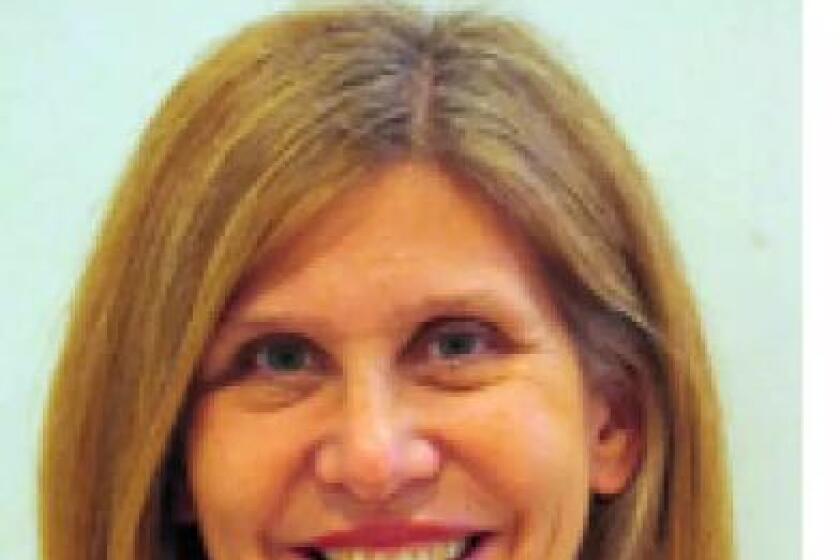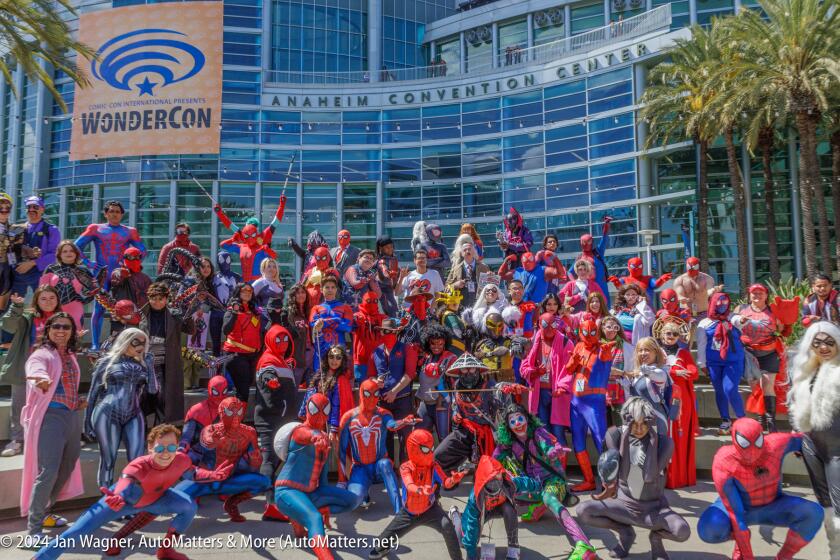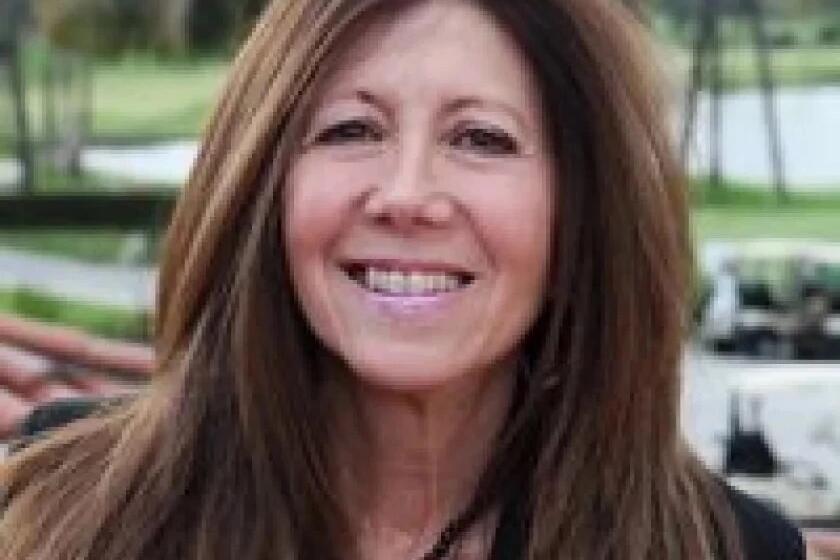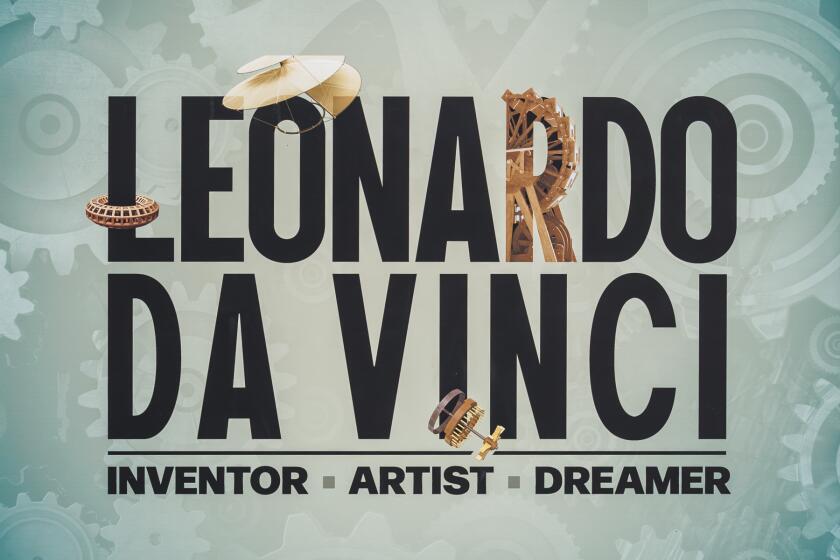Education Matters: The bullied and the bored: Tips for victimized students and for innovative teachers
Comic-Con’s mission statement begins: “Comic-Con International San Diego is a nonprofit educational corporation …”
Although pop culture is integral to its overall mission, Comic-Con’s educational component looms large, beyond the film and television stars and glitz and cosplay.
Many Comic-Con panels this year focused on anti-bullying strategies for marginalized children and teens. And for educators, panels revealed how comics, graphic novels, and live-action role-playing techniques enhance learning and engage students in non-traditional, effective ways.
Live-action role-play, or LARP, enhances social and emotional learning, said Aaron Vanek, vice-president of The Game Academy in Los Angeles and moderator of the “Using RPGs and LARPs for Social Learning” panel.
According to the Collaborative for Academic, Social, and Emotional Learning, “Social and emotional learning is the process through which children and adults acquire and effectively apply the knowledge, attitudes, and skills necessary to understand and manage emotions, set and achieve positive goals, feel and show empathy for others, establish and maintain positive relationships, and make responsible decisions.”
Vanek said LARPs are an effective tool for generating empathy and understanding in others.
By taking on a character in a carefully designed setting, children “can safely learn failures by wearing masks without getting hurt,” he said.
Panelist Shawn Crosby, dressed in Star Wars costume, said, “Yoda can teach a lot of lessons that I can’t.”
By wearing his costume when doing programs for young children, Crosby said he is able to “teach them how to be good people, how to get along with others, how to deal with concerns, how to be a Jedi, how to be a survivor and not a victim.”
The goal, he said, is to help young children deal with life and teach them how to be people and not just students.
“Role-playing games can be an excellent teaching tool for kids that have been bullied as well as kids who are bullies,” Vanek said in an email. “The benefits of a safe, controlled simulation allow students to try out different actions and experience consequences that affect their character instead of themselves.”Live-action role-playing can be a significant factor in restoring and bolstering self-esteem for disaffected youth. It also addresses character building and empathy development.
Vanek defined LARPing as an art form, similar to performance art, where everyone is both an active participant and audience member, participants perform their actions and are not narrating, and they constantly define and redefine the fictional space.
For students who are marginalized, bullied or alienated, finding a community can make all the difference in both their self-esteem and their ability to learn.
Having the backing of a community is important in school, said a student panelist. “It’s difficult to learn effectively without that.”
LARP activities bring together students who have often been bullied, so the victim in isolation at school learns that they are not alone when they are removed from the toxic environment. It can be a bonding experience that’s life-changing.“Adults respond in the same way kids do when in costume and playing a character,” added Scott Stubbe, co-founder of the Angeles Workshop School in west L.A. for students in grades 6-12.
LARP for academic learning
LARPs also offer the ability to teach academic lessons through an engaging process that allows students to actively participate in their lessons.
“LARP works well for students who don’t adapt well in traditional learning environments,” said Ndindi Kitonga, co-founder with Stubbe of the Angeles Workshop School.
Vanek said LARPs provide intrinsic motivation for students that’s not abstract, and gives them concrete reasons to learn.
Stubbe said teaching using LARPs works well for gifted kids and for kids who struggle with social cues.
The teaching technique also helps with concentration issues for kids with ADD and ADHD, Kitonga said.
“It’s valuable for all kids who can’t learn in the traditional way,” Stubbe said.
For example, at their school, they teach World War II history by having students play a character in the war, with consequences for decisions.
At The Game Academy, a 501(c)3 educational nonprofit organization, the goal is to empower learners of all ages to achieve social, emotional and academic success through engaging, interactive table-top and live-action role-playing games and related activities.
All educational programs are aligned with California’s common-core state standards.
According to The Game Academy, LARP provides “a safe setting for social interaction and identity development” where the vision is “to bring this uniquely effective mode of education into the mainstream for learners and educators alike.”
LARPing can create “inspiring, immersive game experiences that translate into powerful tools of reflection for understanding the world and the self.”
Self-bullying
One panel on combating bullying featured Carrie Goldman, author of “Bullied: What Every Parent, Teacher, and Kid Needs to Know About Ending the Cycle of Fear” and creator of lesson plans for students in grades 7 and 8 that teach compassion and empathy.
Research into bully behavior indicated to Goldman that bullying starts in places where fear is used to discipline kids. The goal of her program is to get bullies to see their targets as “real people.”
“There’s a feeling in geek culture like you have to conform,” she said, encouraging geeks to resist.
“Seventh grade is where it all began,” said Dr. Janina Scarlet, a psychologist who calls herself a “proud geek” and is the founder of “Superhero Therapy” in which she incorporates client interests into therapy. This includes Harry Potter, Lord of the Rings, Doctor Who, Sherlock, Batman, Superman, Avengers, X-Men, and others.
Superheroes all come from some sort of trauma, she said. “What makes us different is what makes us beautiful.”
Learning coping skills are just as important as math and science, Scarlet said.
Comic book writer Gail Simone said reading books as a child led her to believe that girls couldn’t go out and seek adventures like boys. Until Wonder Woman, female characters were just an after-thought, she said.
She said she eventually learned that the comics industry “had a lot more problems” than just the lack of strong female characters.
“Fiction is a great place where people can identify [and is] why we need more representation,” Simone said.
Andrew Aydin, staff member to Georgia Congressmember and civil rights icon John Lewis, is the co-author with Lewis of the graphic novel series “March” which chronicles the civil rights movement in the 1960s and Lewis’s role in the struggle for equal rights.
Aydin said children should know that non-violence can be an effective way of dealing with the pain of victimization and injustice.
Through his work and association with Lewis, he “hopes to empower young people to stand up, speak up … and march.”
“If you don’t do it, no one else will,” said David Trujillo of the San Diego ACLU, encouraging young people to get involved and work for change.
In closing, moderator Chase Masterson warned the audience to beware of self-bullying.
When we tell ourselves we can’t do something, she said, “even our own voices sometimes bully ourselves.”
[For an extensive list of graphic novels to help cope with bullying, please contact me and I’ll forward you the list.]
Part Two, next week, discusses Comic-Con panels of experts who presented innovative teaching techniques to engage bored and disaffected youth in the classroom.
Opinion columnist and Sr. Education Writer Marsha Sutton can be reached at suttonmarsha@gmail.com.
Get the Del Mar Times in your inbox
Top stories from Carmel Valley, Del Mar and Solana Beach every Friday for free.
You may occasionally receive promotional content from the Del Mar Times.










